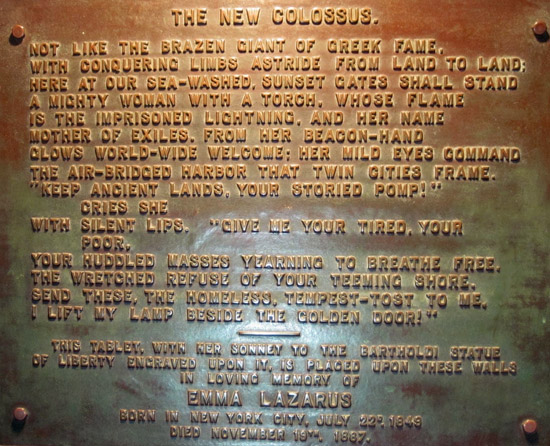
Thou still unravish’d bride of quietness,
Thou foster-child of silence and slow time,
Sylvan historian, who canst thus express
A flowery tale more sweetly than our rhyme:
What leaf-fring’d legend haunts about thy shape
Of deities or mortals, or of both,
In Tempe or the dales of Arcady?
What men or gods are these? What maidens loth?
What mad pursuit? What struggle to escape?
What pipes and timbrels? What wild ecstasy?
Heard melodies are sweet, but those unheard
Are sweeter; therefore, ye soft pipes, play on;
Not to the sensual ear, but, more endear’d,
Pipe to the spirit ditties of no tone:
Fair youth, beneath the trees, thou canst not leave
Thy song, nor ever can those trees be bare;
Bold Lover, never, never canst thou kiss,
Though winning near the goal yet, do not grieve;
She cannot fade, though thou hast not thy bliss,
For ever wilt thou love, and she be fair!
Ah, happy, happy boughs! that cannot shed
Who are these coming to the sacrifice?
Your leaves, nor ever bid the Spring adieu;
And, happy melodist, unwearied,
For ever piping songs for ever new;
More happy love! more happy, happy love!
For ever warm and still to be enjoy’d,
For ever panting, and for ever young;
All breathing human passion far above,
That leaves a heart high-sorrowful and cloy’d,
A burning forehead, and a parching tongue.
To what green altar, O mysterious priest,
Lead’st thou that heifer lowing at the skies,
And all her silken flanks with garlands drest?
What little town by river or sea shore,
Or mountain-built with peaceful citadel,
Is emptied of this folk, this pious morn?
And, little town, thy streets for evermore
Will silent be; and not a soul to tell
Why thou art desolate, can e’er return.
O Attic shape! Fair attitude! with brede
Of marble men and maidens overwrought,
With forest branches and the trodden weed;
Thou, silent form, dost tease us out of thought
As doth eternity: Cold Pastoral!
When old age shall this generation waste,
Thou shalt remain, in midst of other woe
Than ours, a friend to man, to whom thou say’st,
“Beauty is truth, truth beauty,—that is all
Ye know on earth, and all ye need to know.”
Meaning of the Poem
As if in response to Shelley’s “Ozymandias,” Keats’s “Ode on a Grecian Urn” offers a sort of antidote to the inescapable and destructive force of time. Indeed, “Ode on a Grecian Urn” was published in 1819 just a year or so after “Ozymandias.” The antidote is simple: art. The art on the Grecian urn—which is basically a decorative pot from ancient Greece—has survived for thousands of years. While empires rose and fell, the Grecian urn survived. Musicians, trees, lovers, heifers, and priests all continue dying decade after decade and century after century, but their artistic depictions on the Grecian urn live on for what seems eternity.
This realization about the timeless nature of art is not new now nor was it in the 1800s, but Keats has chosen a perfect example since ancient Greek civilization so famously disappeared into the ages, being subsumed by the Romans, and mostly lost until the Renaissance a thousand years later. Now, the ancient Greeks are all certainly dead (like the king Ozymandias in Shelley’s poem) but the Greek art and culture live on through Renaissance painters, the Olympic Games, endemic Neoclassical architecture, and, of course, the Grecian urn.
Further, what is depicted on the Grecian urn is a variety of life that makes the otherwise cold urn feel alive and vibrant. This aliveness is accentuated by Keats’s barrage of questions and blaring exclamations: “More happy love! more happy, happy love!” Art, he seems to suggest, is more alive and real than we might imagine. Indeed, the last two lines can be read as the urn itself talking: “Beauty is truth, truth beauty,—that is all / Ye know on earth, and all ye need to know.” In these profound lines, Keats places us within ignorance, suggesting that what we know on earth is limited, but that artistic beauty, which he has now established is alive, is connected with truth. Thus, we can escape ignorance, humanness, and certain death and approach another form of life and truth through the beauty of art. This effectively completes the thought that began in Ozymandias and makes this a great poem one notch up from its predecessor.






